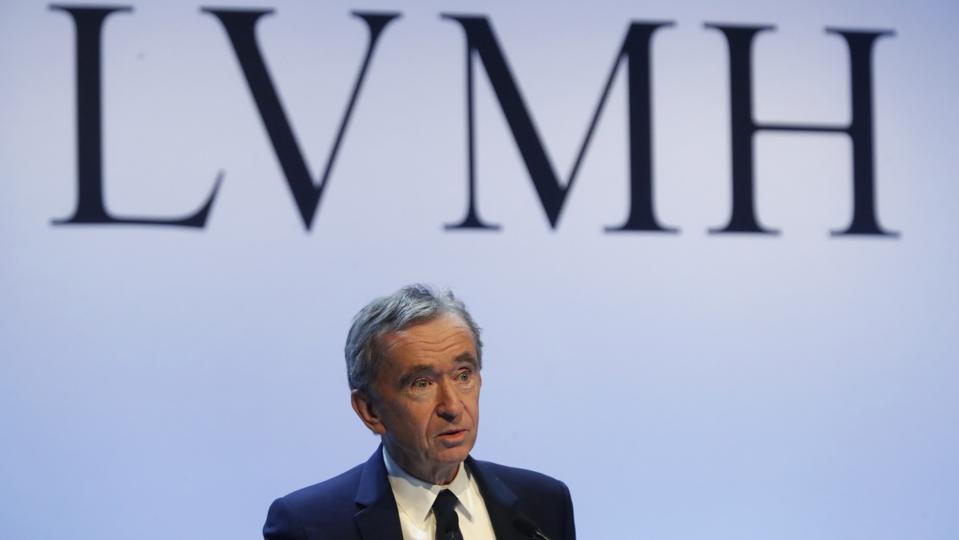Judith Neilson’s art space and journalism institute create controversy, but are places that inspire and support ideas that can change the world.
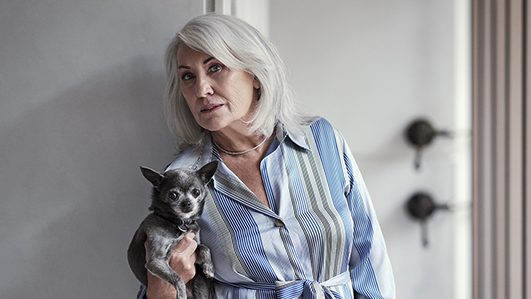
Why’s that guy wearing a gun?” asks the Forbes Australia videographer as we pull up outside the sculptured concrete home of Judith Neilson on a formerly mean inner-city street. Actually, it’s a walkie-talkie, but he could be packing. And the answer remains the same: things get complicated when you suddenly have more money than you ever dreamed, and you try to use it to do good.
When her husband Kerr Neilson’s business, Platinum Asset Management, rose in value after floating, Neilson had just wanted to open a gallery to showcase Chinese modern art.
But as the collection and the ambition of White Rabbit Gallery grew, she realised she needed a storage space with perfect humidity, she needed the capacity to unload containers, each new work needed to be photographed so a full-time photographer was required; she needed curators, cleaners, a finance department, a personnel department, a family office building. Then there was performance art and music. She needed a new space for that. Someone to manage it. A place for visiting artists to stay. Plus a home for herself in the middle of it all. And they all needed to be looked after in the seedy-but-fast-gentrifying inner-Sydney neighbourhood of Chippendale. Hence, the guy with the paramilitary vibe. “They’re all family,” says Neilson of the security team. “They come to our Christmas parties, all our celebrations.”
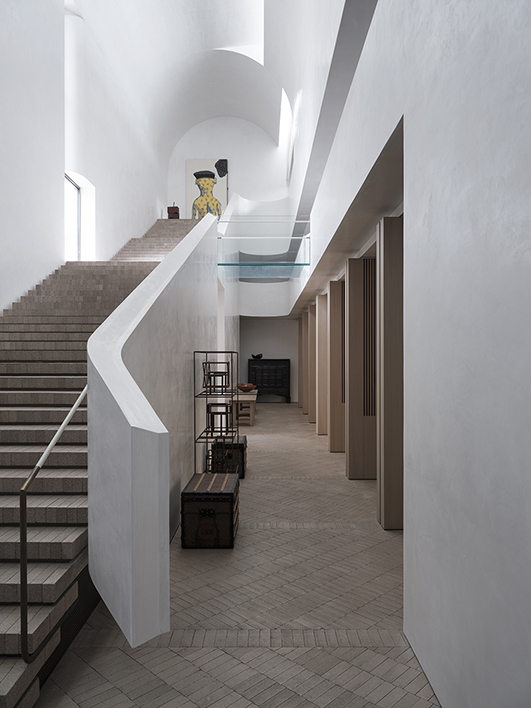
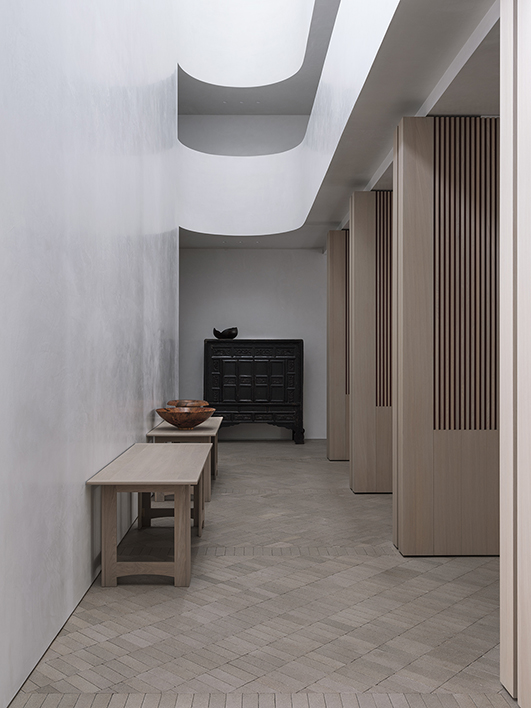
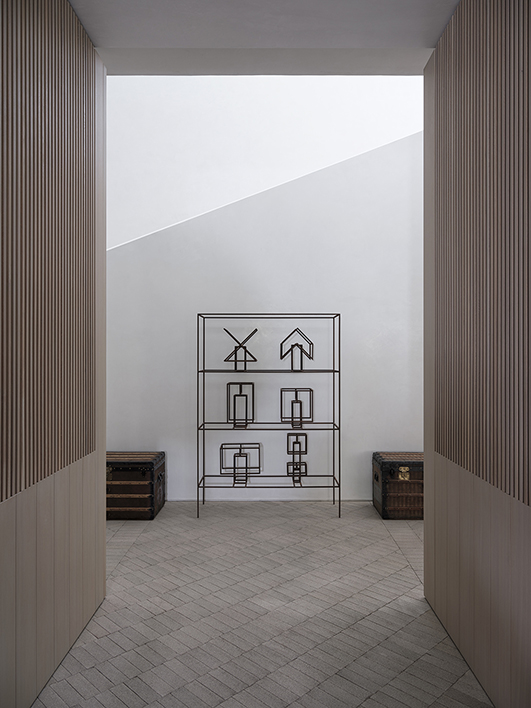
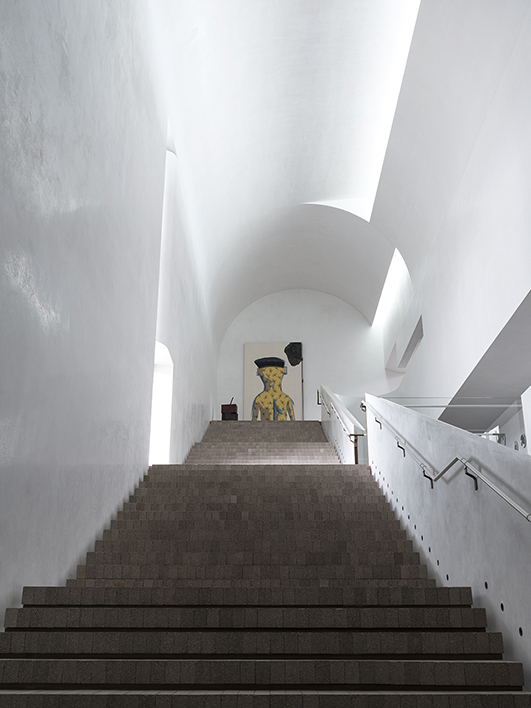
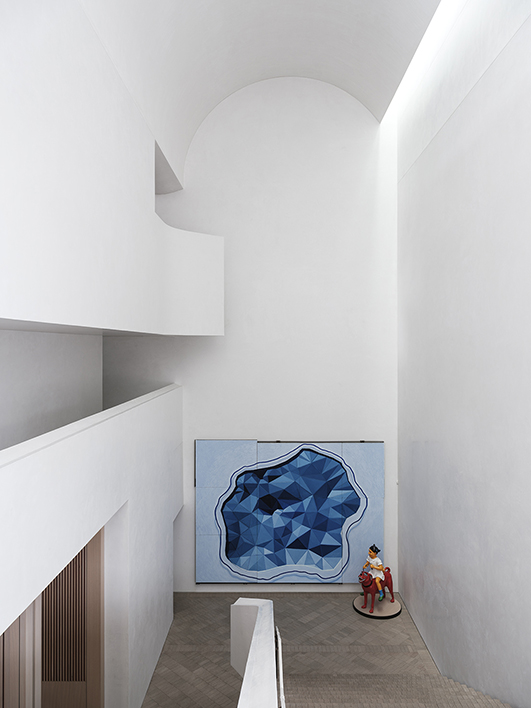
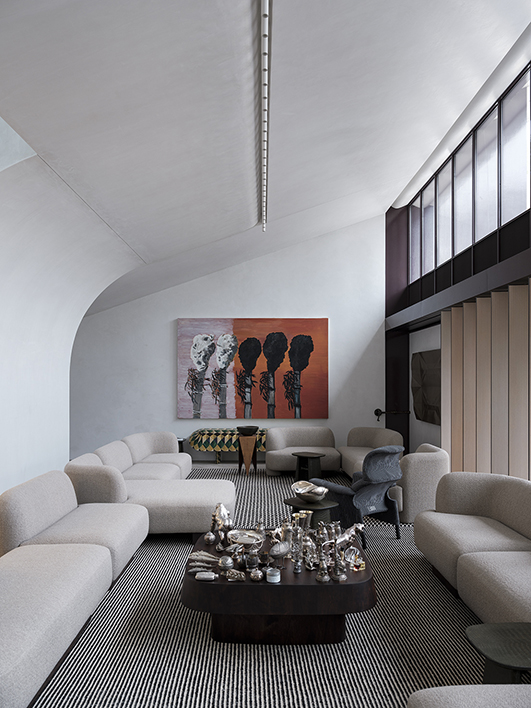
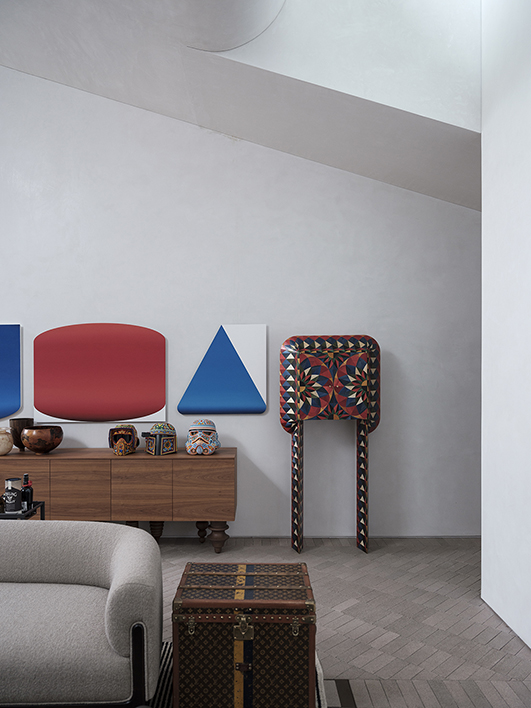
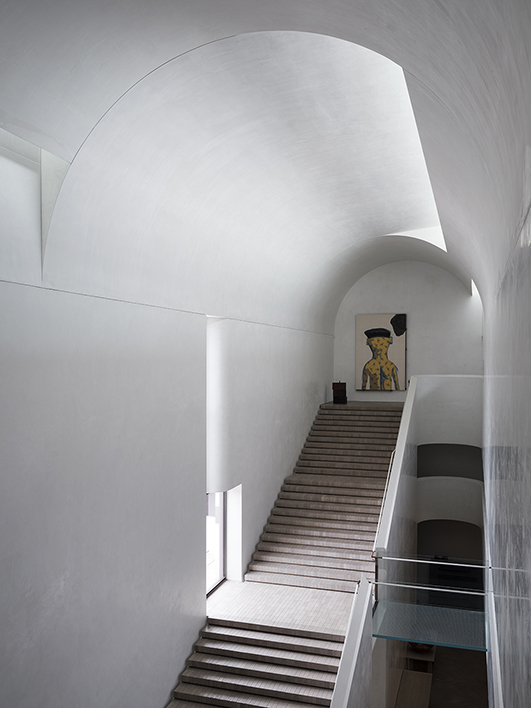
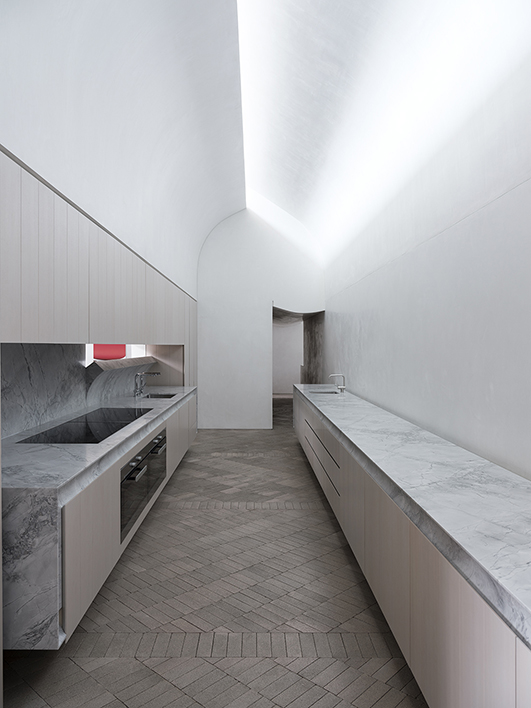
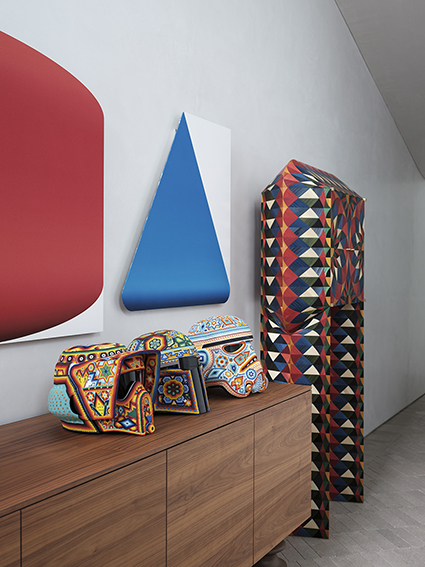
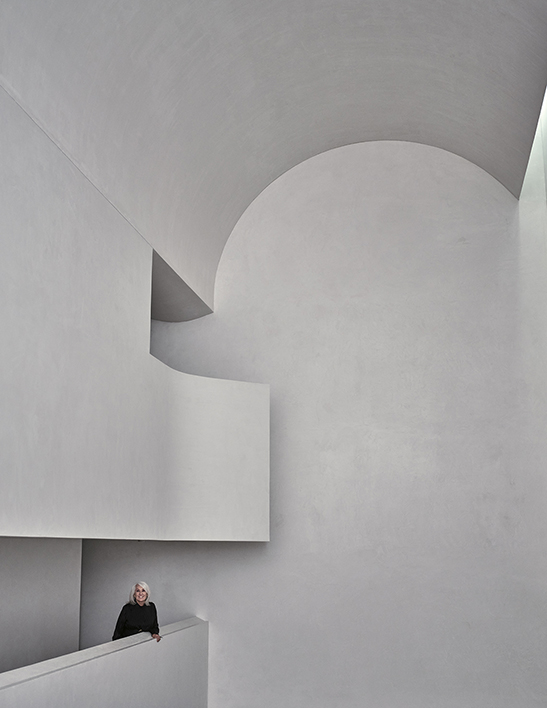
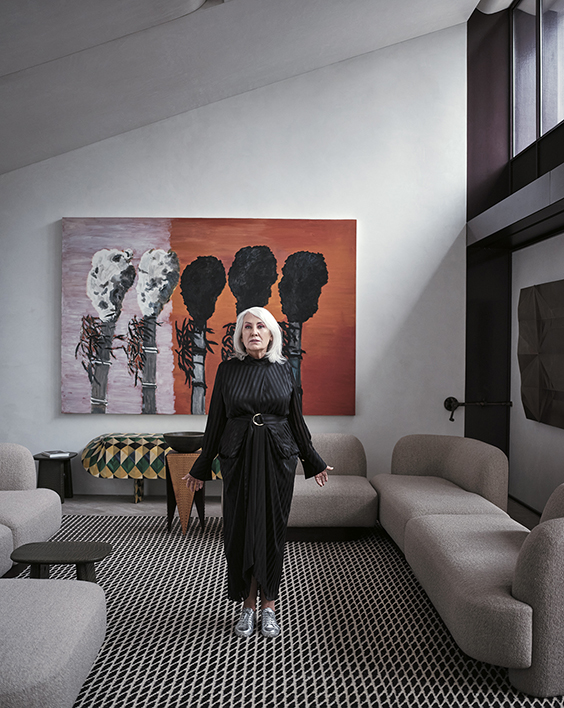
Architect Alec Tzannes was asked to design the art storage space, Dangrove. He has never had a client like Judith Neilson. “She has a good idea for, and perception of, design and more importantly she creates a high hurdle … She tells you she wants the best building of its type in the world. And she trusts you to deliver it. In a way, that’s a great freedom. In another way, it’s a hugely challenging brief. There’s no excuse.”
Neilson used the same modus operandi when she put down $100 million to set up an institute for “journalism and ideas”. “I want it to be world famous,” she told one employee at the opening. Whereas the 10 buildings she has created in her inner-city ghetto have all won significant international architecture awards – every single one of them – the journalism institute has been dogged by mass resignations, legal threats and acrimony. Where did it all go wrong?
The Judith Neilson story begins with a barefoot childhood in Rhodesia (now Zimbabwe). The garden of the small, square tin-roofed bungalow in the city of Bulawayo could have been spectacular, she says, if there had been more water. Hopscotch squares drawn with found yellow ochre marked the street outside where a bus went by twice a day. “I just thought it was wonderful. Everything was simple. We didn’t want. We thought we had everything. You were lucky if you got a Coke at Christmas.” The 76-year-old is explaining this with one of her two grey Chihuahuas, Cumin or Wasabi, on her lap, matching her grey dress and contrasting with her hot-pink eye shadow.
Neilson’s father was a mechanic who branched into making car radiators. At 18, she took a two-day train ride to begin three years studying commercial art in Durban, South Africa. The seaside town seemed sophisticated compared to Bulawayo, but she’s not so sure in hindsight. “I never went to a restaurant. Our big treat was buying a bacon and banana sandwich.”
After graduating, Neilson designed boxes for a Bulawayo packaging company, then moved to South Africa and created soles for Bata shoes. She met and married Bankers Trust employee Kerr Neilson. They could see the colonial tide had turned in Africa and moved to Sydney, arriving in 1983 with $112,000 and 98 boxes containing everything they owned – from tin openers to a television.
They bought a house, and Kerr, with an eye for value stocks, took $12,000 to invest. Judith got a job as a designer with Grace Brothers’ Broadway department store. As part of her orientation, she was walked through the nearby streets of Chippendale. Her guide explained that 80 years ago the area had been the city’s retail hub.
Neilson had a notion that the world moved in 100-year cycles of decay and renewal. She noted the dates and figured the district, dominated by the smell of hops from the Kent Brewery, was due a comeback.
“When we came here, we basically had nothing. We had our neighbours (in Sydney) telling us we should go back to South Africa, and at Grace Brothers people teased me. I think they thought every white person in Africa hated every black person … They thought we had lots of servants.
“I had a lady, Mina, that worked for me a couple of times a week … I mean, more than 40 years on we still communicate nearly every day … I’m her sister, her mother.”
Neilson left Grace Bros when the first of their two daughters came along. She found parenthood “isolating”. A small outlet was charity work with St Vincent de Paul where she helped newly arrived refugees – maybe sourcing a larger bed for a tall Sudanese, or a desk for their children. As the Neilsons’ fortunes rose, she paid for Mina’s kids’ educations. “Morally, I believe I should help, and maybe that’s why I was put on this planet.”
Around 1994, the same time Kerr was starting Platinum with backing from renowned financier George Soros, Judith Neilson hooked up with another school mum and decided that every fortnight they’d visit a gallery after drop-off. “I hadn’t been in a gallery since I was a student in the 60s.”
They did that for two years. She saw plenty of works she liked, but nothing that excited her. Until … one day at the Ray Hughes gallery in Surry Hills, Neilson spotted two silhouettes of metal sculpture that evoked strong memories of art work she’d seen in the 1960s by South African Dumile Feni, known for his fusion of modern art and African themes.
“I phoned Kerr and said, ‘I think I’ve seen Dumile again.’” He said, ‘Get them.’ So we got them, and that was the start … I didn’t know who it was by. With everything I buy I don’t care about the story. It’s instant gratification. Could I live with that forever?”
The $3000 work turned out to be by Chinese artist Wang Zhiyuan. Many trips to China, many friendships and feasts followed. She now has 4000 works by 700 Chinese artists – most bought direct from the artist. None will ever be sold. “When I’m not here, there won’t be any more buying, but there is provision to keep the gallery running.”
She rails at the suggestion she’s “sitting on a vast trove of politically charged Chinese art”, as one article suggested. “That’s absolute rubbish. ‘Politically charged?’ That’s causing trouble. None of my artists are like that. They’re artists. There are a couple who have strong feelings who have talked and been locked up, but there are only a few … I would not be that disrespectful to the Chinese government or the Chinese people.”
IN 2007, Judith Neilson was doing the dusting at home when a reporter rang to tell her that she was suddenly worth $1.25 billion after Platinum had floated. Asked to recall how it felt to so suddenly be so wealthy, she doesn’t answer, merely insisting it hasn’t changed her. Pressed, she gives an example: “I had another of these little dogs who was always under my arm … and one day I walked through [the gallery], and this woman came up to the girl at the desk and said, ‘It’s nice the way you let that homeless woman and her dog in here.’ I’d be down wiping the floor. Wiping the walls. It still hasn’t changed my life other than that it has allowed me to do better things.”
Among her many charities, Neilson contributes to the Ampilatwatja Health Centre Aboriginal Corporation northeast of Alice Springs, Oz Harvest (South Africa), Cape Town Opera and Amnesty International. She is a patron of Two Good Co and Anti-Slavery Australia. She funds two University of NSW chairs, one in Architecture (Affordable Housing) and one in Contemporary Art.
“You don’t exclude people from anything I do”
Judith Neilson
As a Rhodesian, she’d grown up thinking the Rhodes Scholarship – which sends the world’s smartest, sportiest youth to Oxford – was a great thing and contemplated doing something similar. But when she read Cecil Rhodes’s will, she saw that his scholarship wasn’t achieving what he’d hoped, and her mind shifted towards changing the world with journalism.
She came to Tzannes with a brief. “She said the only hope for a better world is to support investigative journalism … that would not otherwise see the light of day,” Tzannes recalls.
Tzannes designed the award-winning building for the Judith Neilson Institute for Journalism and Ideas (JNI). Neilson appointed a board and an executive director – long-time Westfield media adviser Mark Ryan – and she expected them to fill the place with storytellers. She imagined a place where somebody with a story could come and there’d be professionals there to help them publish it. Or they might give a desk and money to a journo with a story that needed digging.
As is her style, she walked away, giving Ryan and the board the freedom to leap her high hurdle. She says she heard little more from them for the next three years. “I’ve set foot in that building twice: the opening; and then [last March], Mark [Ryan] invited me to see a logo.”
He had a lot more to show her – a slick brochure for an award to rival the Nobel Prize to be given annually to one of the world’s top “thinkers”. Including, she says, a bill for $50 million over five years. She refused. “They’d be having all these functions for academics and intellectuals.” She pauses now to emphasise each word. “I’m not. Like. That. You don’t exclude people from anything I do. I want to do something I can understand, that somebody round here doing the garden can understand.” Ryan resigned as did director Jonathan Teperson, and they took four independent directors with them.
Neilson says the JNI will continue and all commitments will be honoured. “We’re going back to plan a place where people can tell stories. Where journalists can be supported.”


